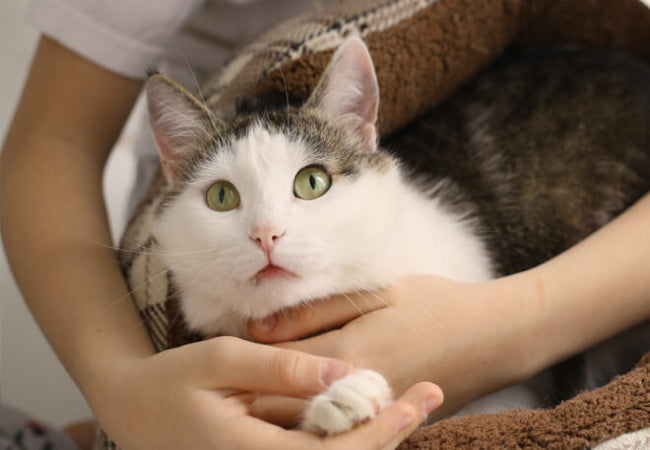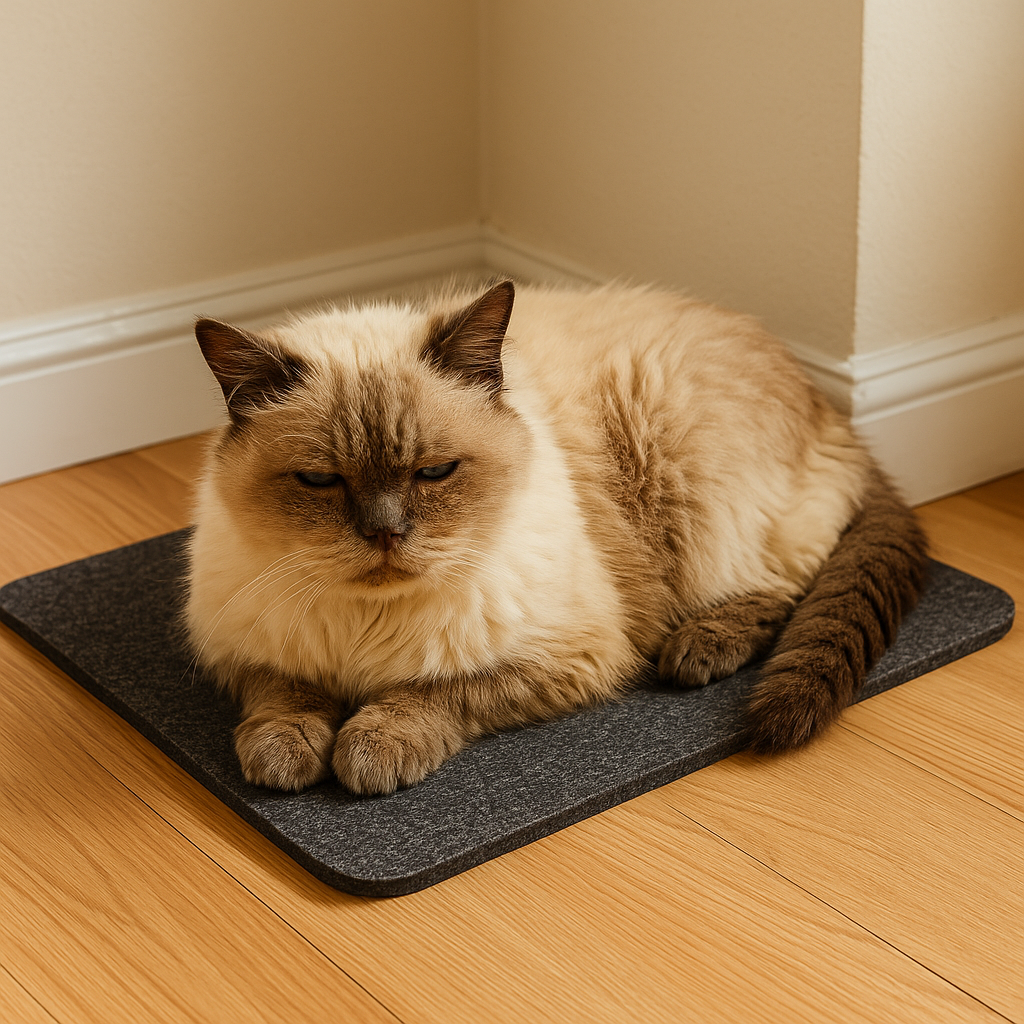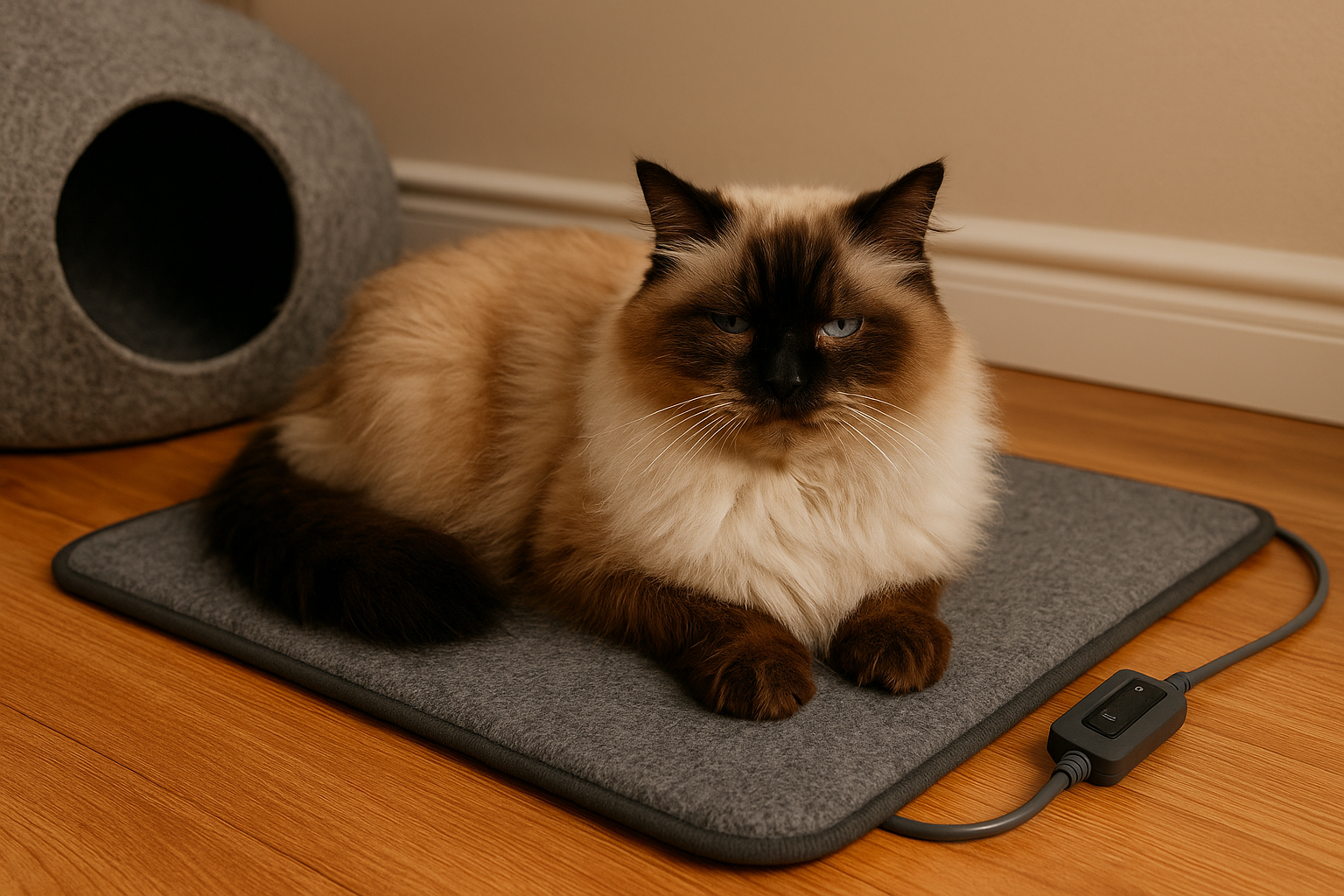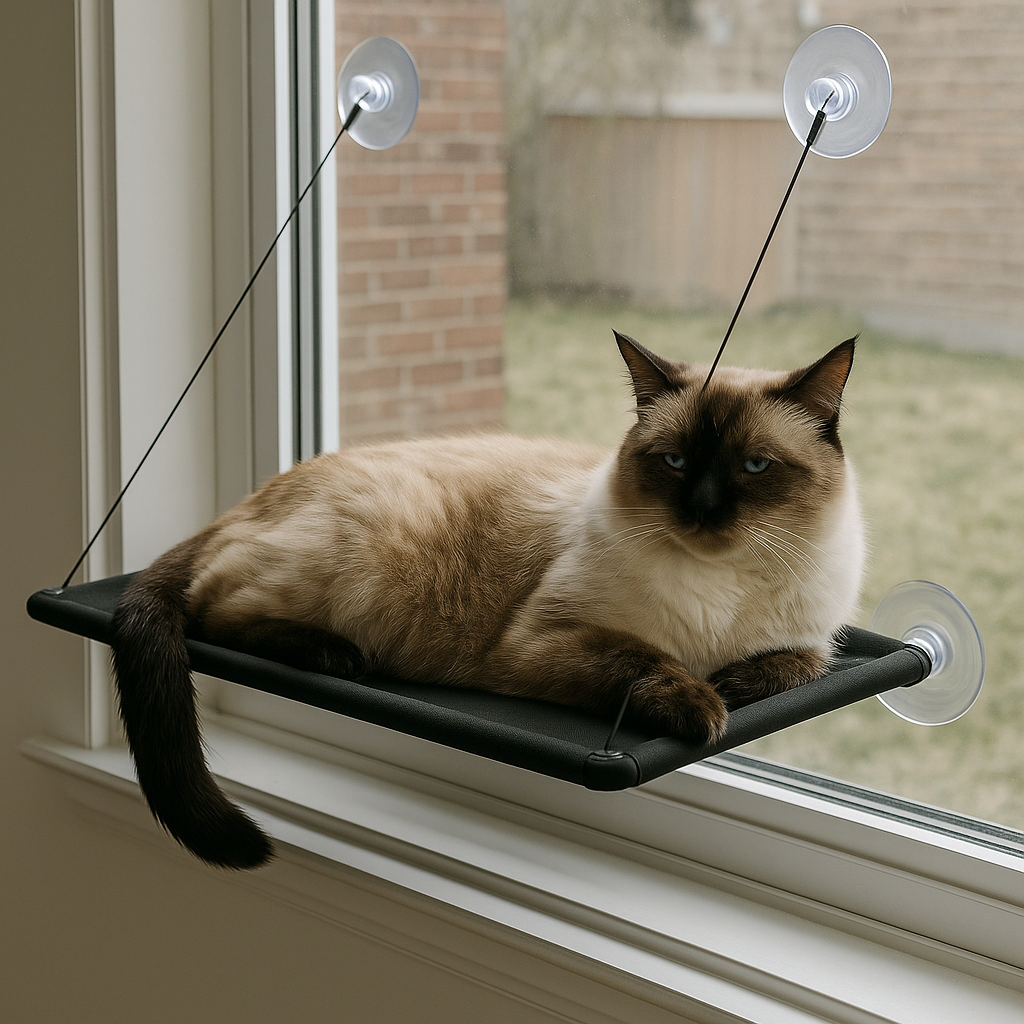Managing Cat Arthritis in 2025: Vet-Approved Comfort Tips 🐾🩺

In this article
Managing Cat Arthritis in 2025: Vet-Approved Comfort Tips 🐾🩺
By Dr. Duncan Houston BVSc
Arthritis can significantly impact your cat’s mobility and quality of life. While it cannot be cured, proper care and management can help reduce pain, maintain mobility, and keep your cat happy. Here are some key strategies to help your arthritic cat thrive:
1. Keep Your Cat Warm ❄️➡️🔥
Cold temperatures can make arthritis symptoms worse. Ensure your cat has a warm, comfortable environment by:
-
Providing extra blankets or heated beds
-
Using heating pads (designed for pets) for gentle warmth
-
Placing cozy sleeping areas in quiet, draft-free spots
Warmth helps ease stiffness and makes movement less painful.
2. Maintain a Healthy Weight ⚖️
Extra weight adds stress to joints and can worsen arthritis symptoms. To help your cat stay at an ideal weight:
-
Work with your veterinarian to develop a balanced diet plan
-
Monitor portion sizes and avoid overfeeding
-
Limit high-calorie treats while still rewarding your cat for good behavior
A healthy weight reduces joint strain and improves mobility.
3. Gentle, Moderate Exercise 🐾🎾
Regular, low-impact activity helps maintain muscle strength and joint flexibility:
-
Use interactive toys to encourage playful movement without jumping or sudden twists
-
Short play sessions multiple times a day are better than long, intense bouts
-
Consider walking your cat on a leash indoors or in a safe outdoor enclosure
Exercise keeps joints moving and prevents stiffness from inactivity.
4. Provide Joint Supplements 💊
Supplements can support joint health and reduce inflammation. Common options include:
-
Glucosamine and chondroitin to help rebuild cartilage
-
Omega-3 fatty acids to reduce inflammation and support overall joint health
Always consult your veterinarian before starting any supplement, as dosages and formulations vary by cat.
5. Consider Medications 💉
Your veterinarian may recommend medications to manage pain and inflammation:
-
NSAIDs (nonsteroidal anti-inflammatory drugs) for long-term joint support
-
Other pain relievers or anti-inflammatory drugs tailored for cats
Medications can make a significant difference in comfort, but should only be administered under veterinary guidance due to potential side effects.
6. Adjust the Home Environment 🏡
Make your home more accessible and safe for your arthritic cat:
-
Add ramps or pet stairs to reach favorite beds, couches, or windows
-
Place litter boxes, water, and food in easily accessible locations
-
Provide soft bedding in multiple areas to reduce the need for climbing
Small environmental adjustments can reduce strain on joints and increase independence.
7. Regular Veterinary Check-ups 🩺
Routine vet visits are crucial to:
-
Monitor the progression of arthritis
-
Adjust treatment plans, including medications or supplements
-
Detect other health issues early
Your veterinarian can help tailor a care plan specific to your cat’s needs.
✅ Key Takeaway
Arthritis management is all about comfort, mobility, and quality of life. By keeping your cat warm, maintaining a healthy weight, providing gentle exercise, using supplements or medications as needed, and making your home accessible, you can help your cat stay happy and active despite arthritis.








